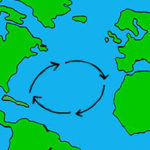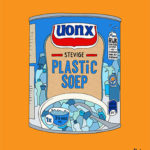What you can do
It’s impossible to live a life without plastic, so stopping using plastic isn’t a solution to the plastic soup. But we do have to use and dispose of plastic more efficiently and in an environmentally friendly way. Read what you can do to reduce your plastic usage on this page.
Europe fights against plastic soup, will you join the fight?
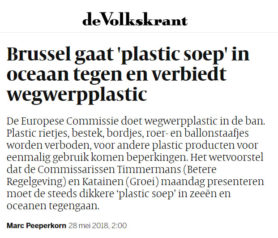
Read what Europe is doing to fight plastic soup in this article in the Volkskrant.
It may sound like a cliché, but that’s only because it’s true: change begins with yourself. Many activities currently underway around the world started out very small. One of them is The last straw in Australia, a campaign to stop using plastic straws. Another is Bye Bye Plastic Bag, an environmental campaign by teenagers to get rid of all the plastic bags on the island of Bali. Our own European Union is also taking action, and has made a plan to ban all single-use plastics 1.
Contribute to a plastic-free ocean
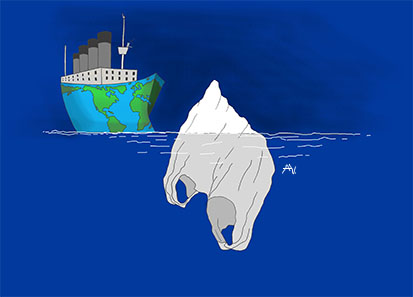
How much time will we need to change course? The plastic iceberg is right ahead.
When a problem spans the globe like plastic soup does, it can often seem as if one person can’t make much of a difference. But nothing could be further from the truth, because we are the ones buying, using, and disposing of the plastic.
Naturally, you don’t have to ban all plastic from your life, but these three easy tips can help you use less plastic.
1. Use less plastic, install the app
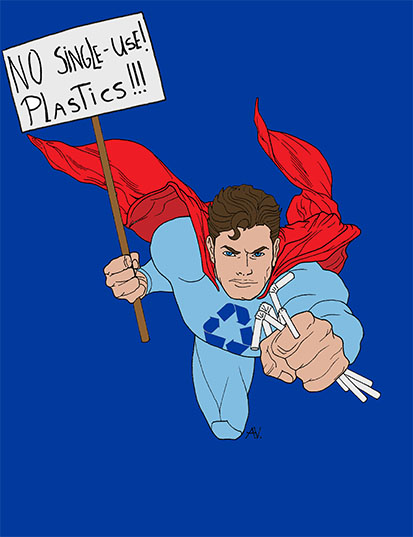
Join the fight against plastic soup with the app by the Plastic Soup Foundation.
Would you like to be a more conscious user? Install the app by the Plastic Soup Foundation, with tips on how to reduce your own plastic footprint.
By buying less plastic, you can help in the fight against plastic soup. Don’t buy food wrapped in plastic, or cosmetic products that contain microplastic. Use a water bottle waterflesDopper reduces the use of single-use plastics by replacing them with reusable water bottles. instead of a disposable bottle.
2. Recycle
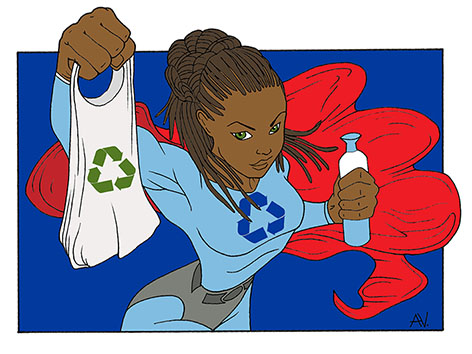
Did you know… that in 2014, only 5% of the world’s plastic was recycled 2? We have to do better than that. Recycle, so that the plastic doesn’t end up in nature.
Everyone produces plastic waste, but when you throw something away, make sure you do so properly, so that the plastic can’t end up in the ocean. Rather than throwing plastic on the ground, put it in a wastebin. Or even better, separate your plastic from other rubbish. That way, it can be recycled and it won’t end up in nature.
3. Help the scientists
Did you know that you can help scientists solve the problem of plastic soup? And you can do so from your computer or smartphone! At this website, you can see photos of plastic lying on the ocean floor. Click on the photo to show where you see the plastic. Researchers can use that information to learn more about where plastic is located in the ocean, and how much plastic is lying on the ocean floor.
More interesting info…
